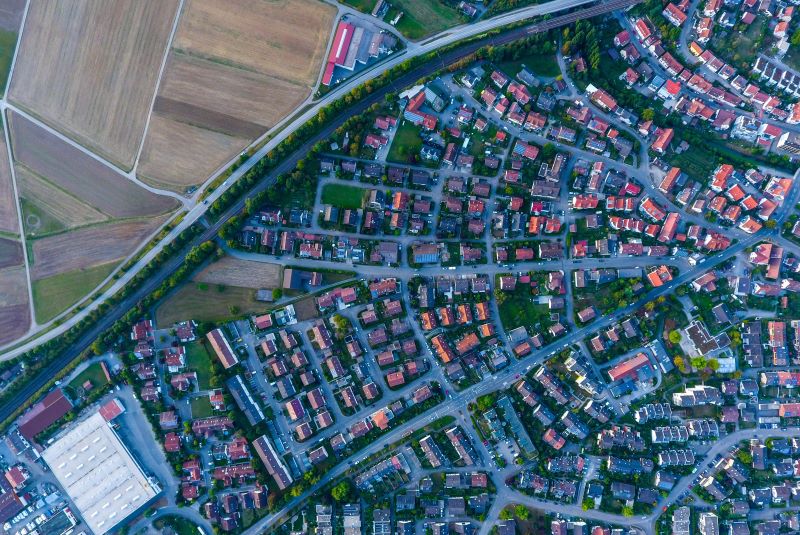On July 5, Washington, DC-based Impact Observatory announced it has entered into a partnership with San Francisco, CA-based Planet Labs PBC. The partnership uses AI-powered analytics to monitor land cover and land use (LULC) on top of Planet’s high-frequency, medium- and high-resolution satellite data. Automated analytics are core to helping customers better understand changes and anticipate threats at previously unobtainable speed and scale.
“The world is changing rapidly. Every day, cities develop, crops are grown, forests are managed, and yet unsustainable resource usage and natural disasters put the whole system at risk. This greatly impacts society’s choices about the infrastructure, food systems, water supplies, and natural resources that we all depend on,” said Steve Brumby, co-founder and CEO of Impact Observatory. “With AI-powered on-demand monitoring from Impact Observatory using best-in-class PlanetScope imagery, customers get access to accurate, near real-time geospatial insights to support security, environmental and resource mapping. Monitoring land-use change based on recent trends and historical patterns enables decision makers with the detailed warnings they need to respond to climate-crisis threats to communities, infrastructure, and natural resources.”
With this partnership, customers experience high quality space-based global mapping and monitoring benefits, when compared to existing public satellite imagery solutions, including:
10x increase in spatial resolution: PlanetScope’s 3.5m spatial resolution enables customers to classify features in built areas such as roads, buildings, small areas of vegetation, and small bodies of water.
5x increase in temporal resolution: PlanetScope’s daily, global revisit allows us to see the temporary features of our living world, such as small, seasonal bodies of water and flood water that aren’t visible in weekly imagery available from public satellite data. It also allows us to monitor changes more quickly and at earlier stages, such as forest losses due to wildfire, impacts of flooding, start of new construction, and damage due to conflict.
Annual and seasonal classification: Classify 15+ land-cover categories, both annually and seasonally, create maps up to today, create metrics, and identify areas of change.
Impact Observatory’s IO Monitor service enables government leaders to monitor the entire world in near real-time without relying solely on national assets. Leaders in governments, NGOs, finance and industry need trustworthy, actionable information about the changing world to understand opportunities, identify threats, and measure the impacts of actions. IO Monitor coupled with PlanetScope imagery meets this need with timely, up-to-date maps at previously unobtainable scale.
Impact Observatory turns millions of satellite images into maps that label every pixel into one of nine categories of major LULC. Since the release of their first global map in June 2021, Impact Observatory has received over 1,000,000 visitors accessing and downloading our annual maps via Esri Living Atlas, Microsoft Planetary Computer, and the AWS Registry of Open Data.
Source: Impact Observatory
If you enjoyed this article, please consider becoming a paid subscriber. Your support helps keep our site ad-free.








